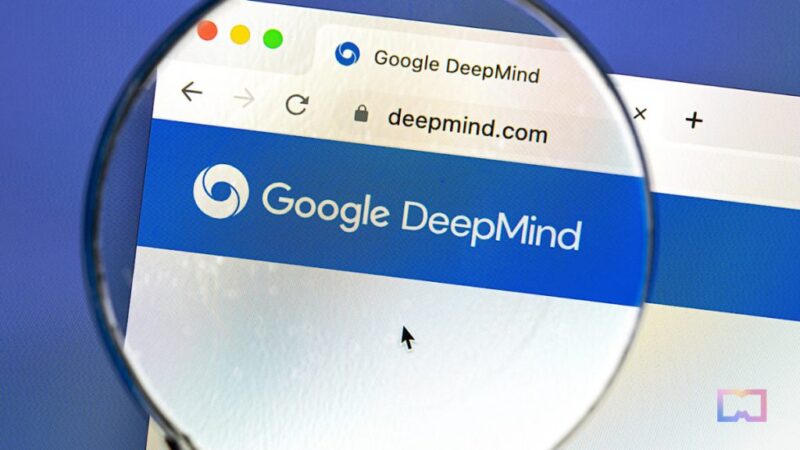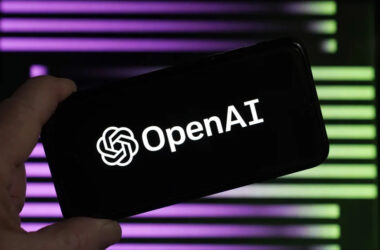
Google Cloud, in partnership with Google DeepMind and Google Research, launched SynthID. Currently in beta, the tool aims to identify AI-generated fake images.
SynthID embeds an imperceptible digital watermark within image pixels, facilitating accurate identification while maintaining invisibility to the human eye. Initially, a limited subset of Vertex AI customers using Imagen, a text-to-image model that generates lifelike visuals from input text, had access to this technology.
As generative AI advances and synthetic imagery blurs the distinction between AI-created and genuine content, identifying such media becomes significant. According to Google, SynthID ensures responsible usage of AI-generated content and fights the spread of misinformation that might stem from altered images.
SynthID’s watermarking mechanism is distinct from conventional methods, as it remains detectable even after alterations such as adding filters, changing colors, and employing lossy compression techniques.
Its foundation lies in two deep learning models meticulously trained to collaborate in watermarking and identifying images.
The tool also provides three confidence levels for watermark identification, enabling users to assess the likelihood of an image’s origin. Importantly, SynthID’s watermarking approach aligns with other identification methods reliant on metadata, offering compatibility and resilience even if metadata is tampered with.
The Dangers of AI-Generated Content
Detecting AI-generated content has emerged as a challenge in the realm of artificial intelligence. These images, created by algorithms learning from vast datasets of genuine photographs, have the ability to replicate the appearance and style of diverse subjects, including faces, landscapes, artworks, and beyond.
As AI-generated content becomes more realistic and indistinguishable from authentic ones, it threatens the integrity and trustworthiness of digital media. For example, AI-generated images can be used to spread misinformation, manipulate public opinion, impersonate identities, or violate privacy. Therefore, methods and tools that identify and verify the sources and origins of AI-generated images are crucial.
Source: mPost





